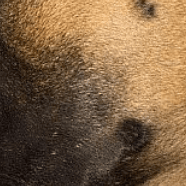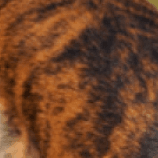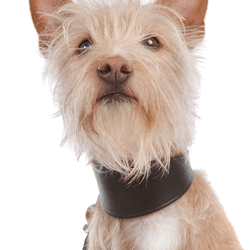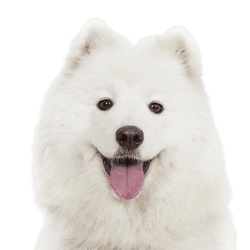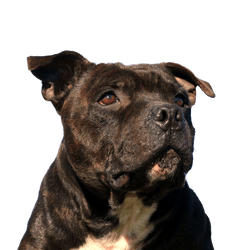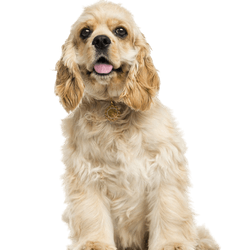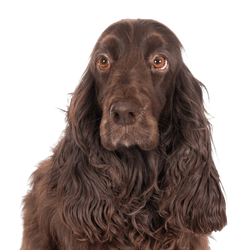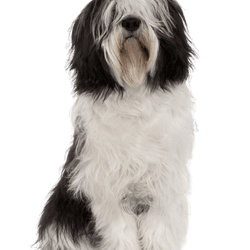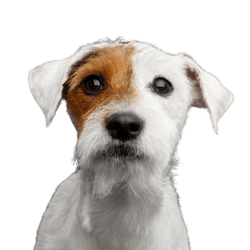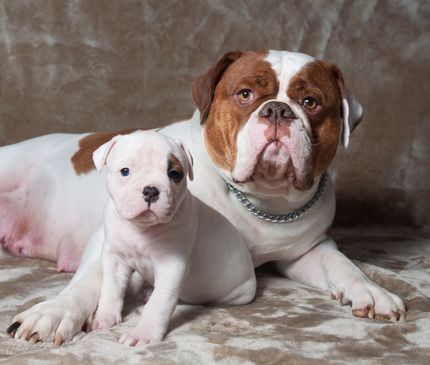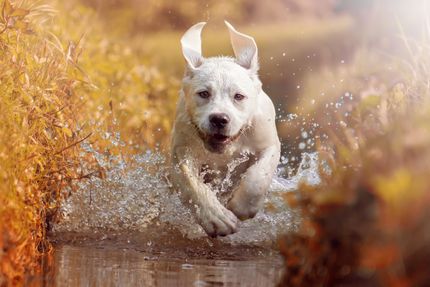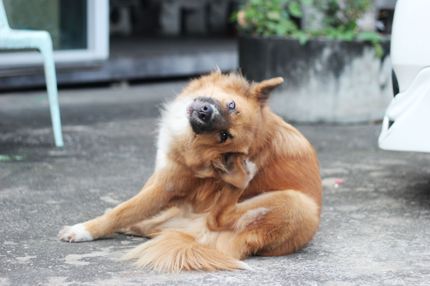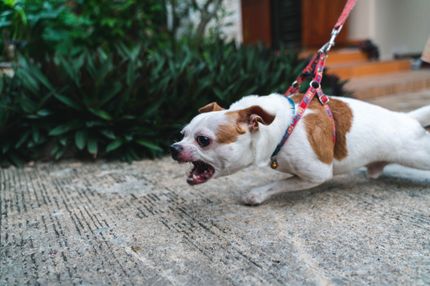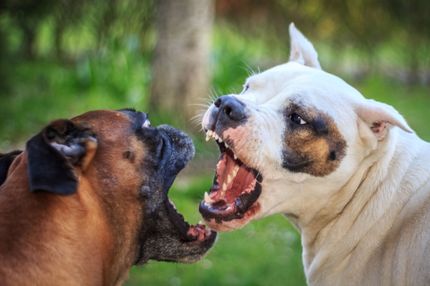Facts & Origin
The history of the Victorian Bulldog
The Victorian Bulldog is an excellent companion dog, although its appearance is quite muscular. Breeding did not begin until the 1980s, which is why this breed is not currently recognized by any major kennel club.
It is still a very rare breed that can be difficult to find, which is why there is no set breed standard. Two small registries that do recognize this breed are the American Canine Association and the Dog Registry of America.
Origin of the breed
The Victorian Bulldog is a variation of the English Bulldog, so let's take a look at the origin of this breed.
The English Bulldog was first used in the 16th century in England for bull and bear chasing. At that time, the English Bulldog was larger and heavier than it is today. Bull chasing was banned in 1835 and after that the English Bulldog did not have much purpose. Because of their fighting nature, they could not be loving companions.
Fortunately, some breeders wanted to save the English Bulldog and kept breeding, which led to the establishment of the first Bulldog Breed Club in 1864. They were first brought to America around 1880 and were recognized by the American Kennel Club (AKC) in 1890. Their popularity continued to rise throughout the 20th century.
Due to the increasing demand for the English Bulldog, these dogs were bred with health problems, such as their exaggerated features. Ken Mollett wanted to create a healthier version of this breed, so he bred English Bulldogs, Bull Terriers, Bullmastiffs and Staffordshire Bull Terriers to create the Victorian Bulldog.
The Victorian Bulldog then resembled more of the original 19th century English Bulldog again - slightly larger, a slightly longer muzzle, and less pronounced wrinkles. These dogs are still quite rare and have only come to the United States in the last decade.
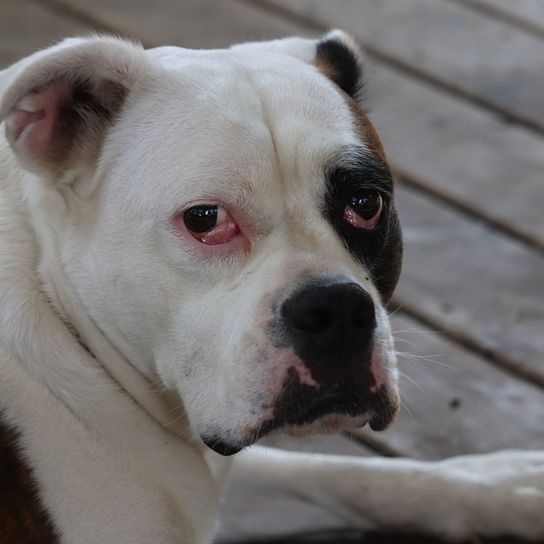
| Alternate Name | - |
| Origin | England |
| Life expectancy | 12 - 14 years |
| Care requirements | low-maintenance |
| Activity level | average |
| FCI group | not recognised |
| AKC group | not recognised |
| KC group | not recognised |
Attitude, character and temperament of the breed
The character of the Victorian Bulldog is demanding! These dogs love people and want to be by your side all the time to get the affection they need. They can suffer from separation anxiety and begin to exhibit destructive behavior if left alone for too long. If you will be gone for hours at a time, this dog breed is not for you.
These dogs are lively and playful and will certainly keep you on your toes. They're up for anything as long as they're involved, and while they're not overly active, they'll happily accompany you outside. But they'll be just as happy curling up next to you on the sofa after a long day!
Victorian Bulldogs are usually pretty quiet and reserved, but they will bark to alert you if something is wrong. They are extremely loyal to their family and will want to protect you, which makes them a great guard dog. However, that doesn't mean they are aggressive - they are very gentle with those they know, and socialization is important to ensure your Bulldog stays calm.
Usage
Victorian Bulldogs are not common dogs and it can be difficult to find one. Typically, they are born in litters of three to six puppies. Because of their rarity, you can expect to pay between $1,300 and $2,000 for a Victorian Bulldog puppy.
It is important to make sure you buy from a reputable breeder because the breed is so rare. Many breeders advertise their puppies as Victorian Bulldogs, when in fact they are just mixes with English Bulldogs.
Since the Victorian Bulldog is not recognized by any Kennel Club, Ken Mollett's breed standard is followed when breeding these puppies.

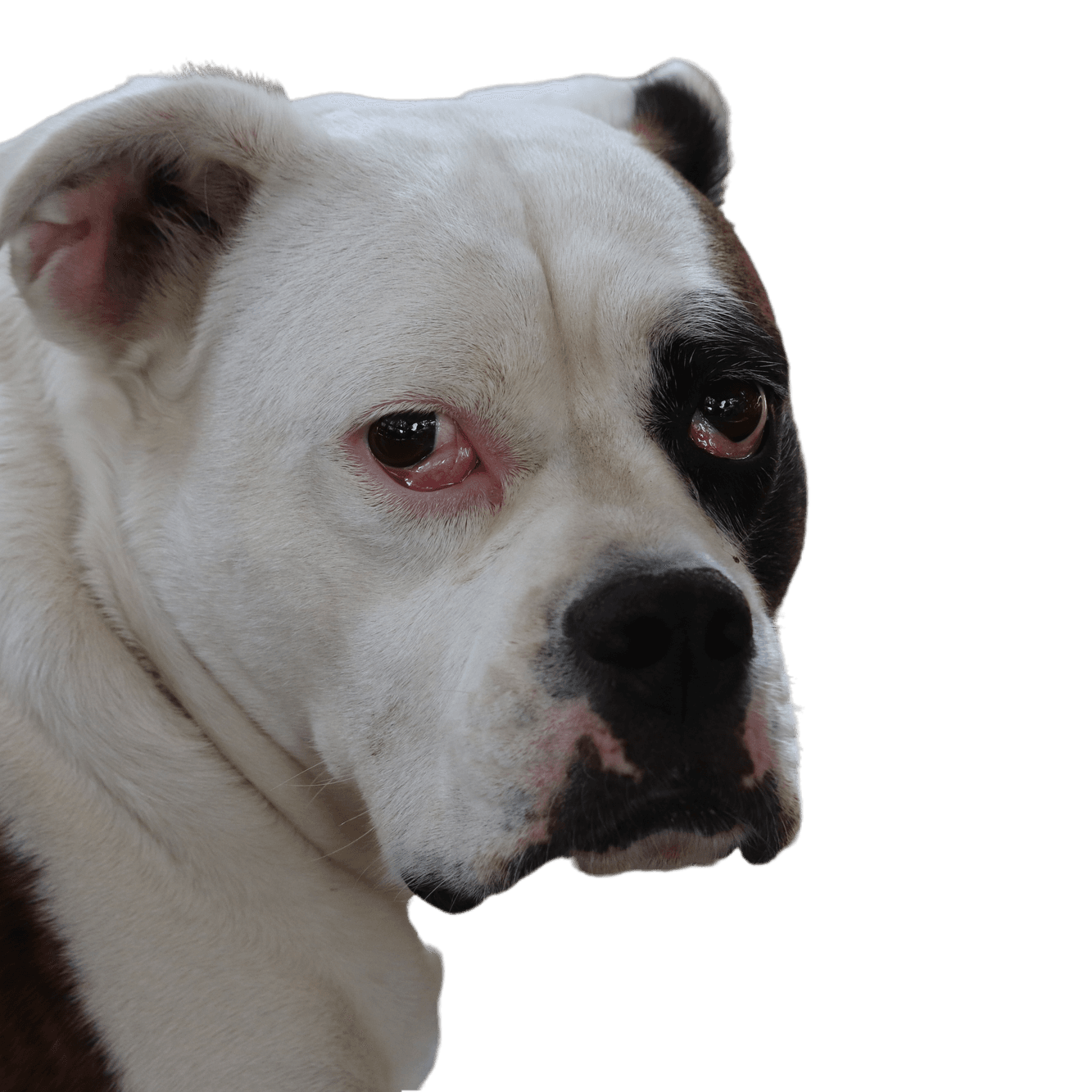
Exterior Appearance
The Victorian Bulldog is very similar to the English Bulldog, but is slightly larger, has fewer wrinkles and a smaller head with a noticeably longer muzzle. They are still short and muscular, which is one of the main characteristics of bulldogs. They are considered a medium to large dog breed.
A male weighs between 29.5 and 34 kg and is between 43 and 48 cm tall, while a female bulldog weighs between 25 and 29.5 kg and is between 41 and 46 cm tall.
Coat
Victorian Bulldogs have a short, straight and dense coat. They do not shed heavily, but you can expect to brush them twice a year if they become heavily hairy. You should brush them moderately on a regular basis throughout the year to reduce shedding, although it cannot be stopped completely.
Color
Victorian Bulldogs can come in a variety of colors, although the most common colors are brindle, fawn, red and white. They are never black or any combination of colors with black.
| Fur length | short |
| Fur | flat coated |
| Ear shape | - |
| Tail | stubby |
| Anatomy | muscular, square, hefty |
| Size ♀ | 46 - 41 cm |
| Weight ♀ | 29 - 25 kg |
| Size ♂ | 48 - 43 cm |
| Weight ♂ | 34 - 29 kg |
| Suitable For | - |




